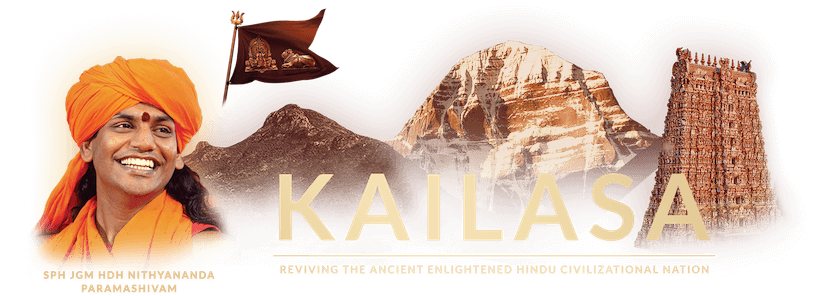
Scope
The Hindu Compliance System gives direction on cooking science which is compiled from Bhaga Shastra. Bhaga Shastra classifies foods into rajasik, tamasik and satvik types. Rajasik food makes one feel agitated, aggressive, lustful and egoistic. Tamasik food makes a person lazy, sleepy and depressed. Satvik food gives clarity to the person and brings him peace of mind leading to bhakti (devotion), tripti (fulfilment) and ananda (bliss).
Six types of tastes are described in the Bhaga Shastra – salt, sweet, sour, hot, bitter and pungent. It states that every meal should include all these tastes so that the appetite is satisfied and the tongue is neutralized by all the tastes being together. As per the instructions in Bhaga Shastra, in order for all parts of the body, mind and brain to function properly, a balanced diet of all these tastes is a must.
Further, the purpose of having all six tastes is to balance the tridoshas in the body, namely vaata (acidic), pitta (alkaline) and Kapha (phlegm). Every ingredient used in Hindu cooking is classified as per its dosha properties.
For thousands of years, Hindus have been cooking food that is organic, nature friendly and with numerous benefits. This standard will help organizations, businesses like hotels, restaurants etc. to cook the food as mentioned in Hindu Scriptures.
Ingredient and Process of Cooking
The key aspect of breakfast food such as upma, poha, porridge is its quickness and ease of preparation – the whole process does not take more than 15 minutes, from start to finish. Hence, it is an ideal item to prepare when the number of people to feed is large or one is pressed for time.
As the recipes below will show, the basic ingredients are coarsely ground rice or wheat or flattened rice, seasoning with ghee and water as required. Nowadays, upma is also prepared using different kinds of millets, coarsely ground bajra, jowar, maize, etc.
Ingredients:
Pure Water – 3/8 padi
Salt – ½ palam
Rice Flour – ¼ padi
Grated Coconut – 5 palam
Asafoetida – veesam 1/16 r.e
For Seasoning:
Ghee Or Oil – 1½ palam
Red Chillies – ¼ palam
Urad Dal/Black gram – ½ palam
Mustard Seeds – ¼ palam
Curry Leaves – ¼ palam
Method:
1. Heat ghee or oil in a pot that can hold 2 padis of water. After it boils, add red chillies, mustard, urad dal, and refer to recipe 22nd for seasoning.
2. Clean curry leaves and add to the dish. Add pure water. Add powdered salt. Mix rice flour and grated coconut and put it in the boiling water and stir continuously. It should not form lumps.
3. After the flour is cooked remove it from fire and keep it on slow fire for 5 minutes and remove it to use.
4. The rice flour should be ground coarsely for this dish. You may even add toor dal to the rice while grinding. If you want to add asafoetida, add soon after the seasoning is ready and just before the water is added.
References
Hindu Bhaga Sasthiram: Click Here
Hindu Compliance Body
The Hindu compliance body was established under the executive order of The Supreme Pontiff of Hinduism, dated August 14, 2020, order number 10010, under the title Reviving the Hindu Compliance System and Body
to create, promote, spread and teach the standard procedures for all products and services that are in compliance Hindu Shastras.
Copyright
HCS has the copyright of all its publications. No part of these publications may be reproduced in any form without the prior permission in writing to HCS. This does not preclude the free use, in the course of implementing standard, of necessary details mentioned above. Enquiries related to copyrights to be addressed to KAILASA.
